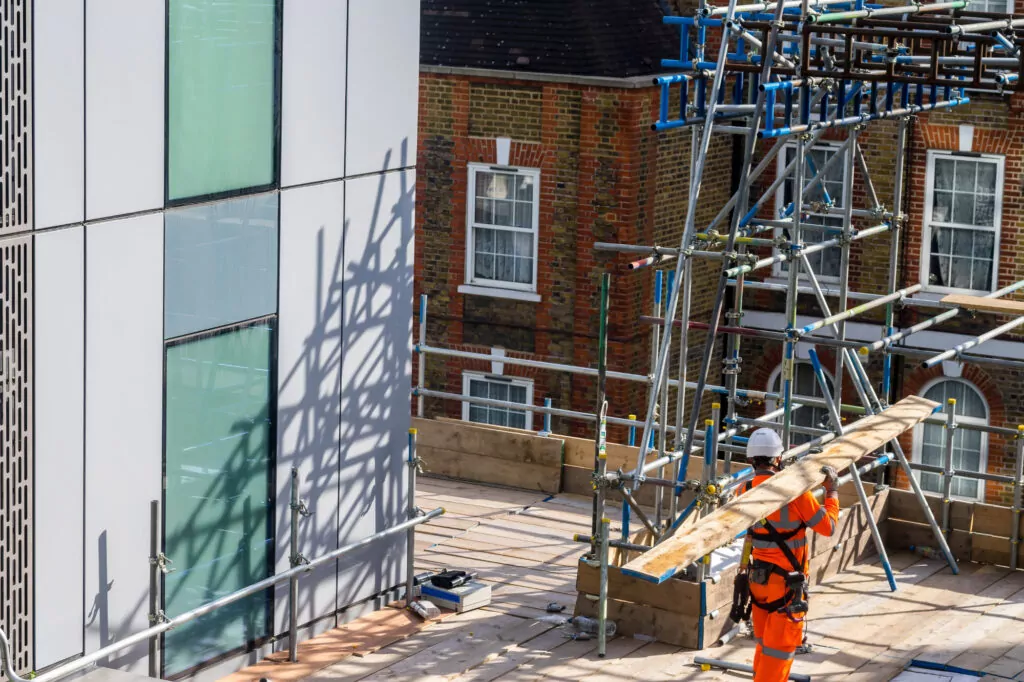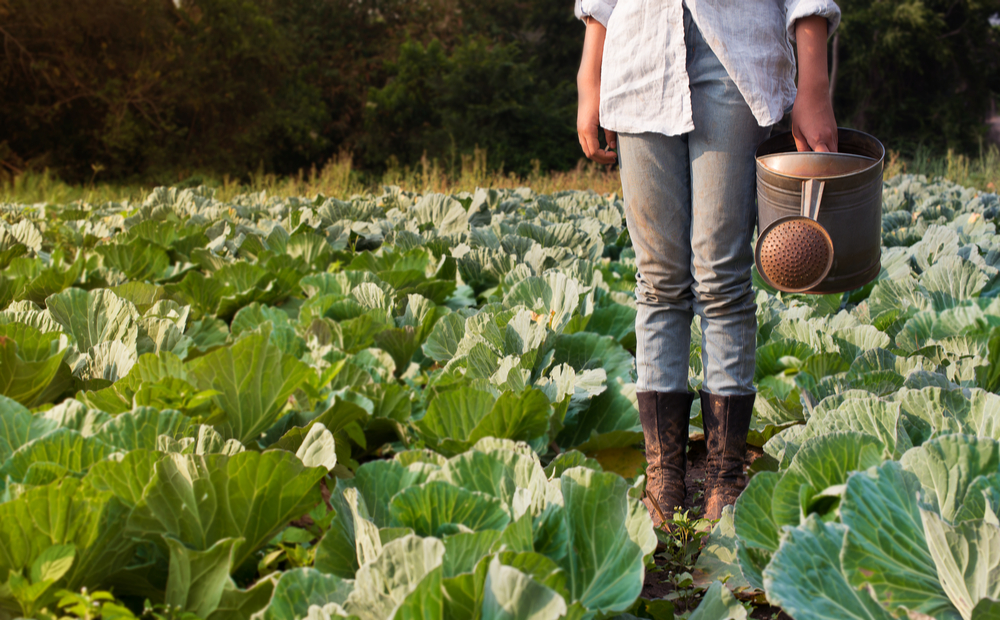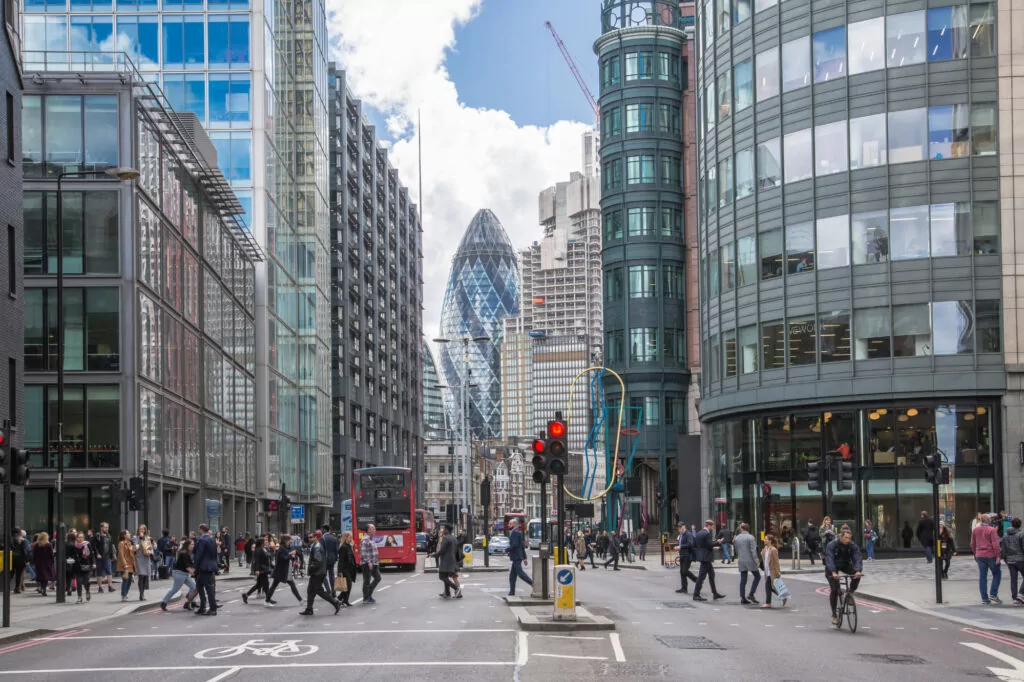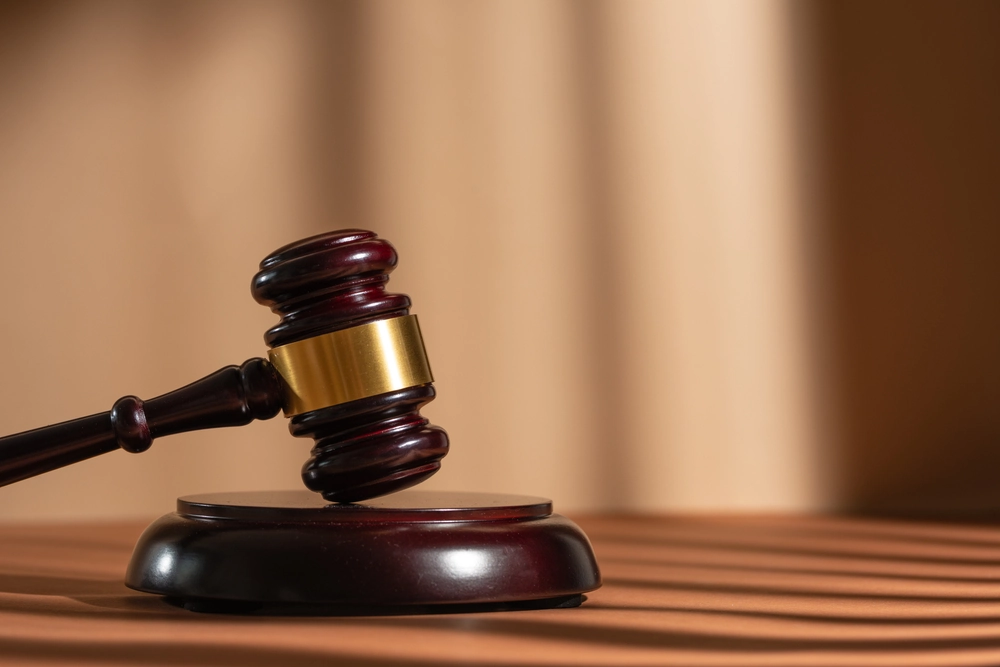
Staying open, staying safe. Protecting your people and your brand.


Updated 12th May 2020
Is it possible to safely open and run my business?
In April we explained how business might approach staying open or re-opening. We have updated that article below following the latest government Guidance and added a short summary of the current position.
The short read
It has been the case that all businesses have been able in theory to stay open during lockdown provided they could reduce risks to health to the lowest level reasonably practicable in line with Public Health England Guidance. The exception was those businesses ordered to stay shut by the government on 23 March (as updated); primarily non-food retail and leisure
In practice, some businesses have stayed open throughout, not just food retailers but many "higher risk" categories such as construction sites and manufacturing plants. Others closed for a short period and re-opened once they had redesigned their workplace layouts and operating procedures, often with sector guidance e.g. from the Construction Leadership Council and the BRC/USDAW in the case of Retail. Many more have significantly reduced operations or have been able to work remotely.
The government is now actively encouraging workers to return to work if they can do so safely. It has prepared guidance across eight types of workplace designed to provide a framework for those businesses that are still closed to prepare for a return to work.
The simple analysis that you can stay open if you follow the latest Guidance is not to underestimate the challenges. The theory is that you should approach this challenge in the same way that you would approach managing any other health and safety risk. But the Covid-19 risk analysis is complicated by the fact that;
- The hazard emanates from outside the workplace, not as a direct result of activity in the workplace
- The hazard is novel and invisible – the scientists are still learning about the virus
- Employees and consumers are unsurprisingly nervous about returning to work, transport and retail outlets when they have been observing 7 weeks of lockdown on government advice.
The key points for business are:
- Employers have a duty to ensure the health, safety and welfare of employees, visitors and customers so far as reasonably practicable. That is nothing new.
- Employers have a duty to do this through a formal risk assessment prepared in consultation with employees. That is also nothing new. What is new is the expectation that you will publish the result of your Risk Assessment on your website if you have more than 50 employees.
- Risk assessment has always been about reducing the risk to the lowest level reasonably practicable. It is not about eliminating risk entirely. The government's guidance is explicit in "recognising that you cannot completely eliminate the risk of COVID19". (we think the reference to "Covid Secure" is unhelpful and potentially misleading in this context).
- The government "Guidance" is just that. Guidance on how to achieve legal obligations, providing employers freedom within a practical framework to make their unique workplace as safe as it practically can be. It "does not supersede any legal obligations relating to health and safety, employment or equalities…" It is "non-statutory guidance to take into account when complying with these existing obligations". Following the Guidance can be evidence of managing the risk but will not necessarily be conclusive. You have to tailor your thinking to your place and your people.
- The Guidance focuses on factors to consider in relation to social distancing, personal hygiene and cleanliness of premises.
- PPE and face masks are not mandated – this is a matter for your Risk Assessment. Indeed, the government is keen to steer business away from reliance on PPE. This may be to protect supply for the NHS, but it is also fair to point out that in non Covid scenarios, Health and Safety regulation is clear that PPE is very much a last resort.
- HSE say they will enforce failures to meet these obligations and the Chief Coroner says Coroners will hold Inquests where "culpable human failure" could be a contributory factor in a workplace death. We do not however expect significant levels of enforcement or Inquests.
- There are legal arguments that the government and HSE are extending health and safety legislation beyond its intended scope. The argument goes that the legislation was designed to manage risks arising in the workplace not external biological hazards that may be brought into the workplace.
- However, now is not the time for clever legal argument (there may well be a time down the line). Instead, to manage potential regulatory risk, keep people and reputations safe business can pursue the mutually beneficial goals of protecting health and the economy by operating safely. The way to achieve that is by reference to sound risk management principles which are used to develop operating methods that adhere to regulatory principles, heed the latest government guidance and which are developed with employee input so as to instil confidence in employee, customer and wider stakeholders that the workplace is as safe as it reasonably can be.
- The government have issued a template poster that employers can display to reassure that they have "complied with the government's guidance on managing the risk of COVID-19", although the real assurance will come from employees and customers experiencing a disciplined socially distant and hygienic workplace. https://assets.publishing.service.gov.uk/media/5eb963fcd3bf7f5d39550303/staying-covid-19-secure.pdf
- This confidence is reinforced by robustly implementing the safe operating practice, constantly checking that it is being adhered to and regularly reviewing and updating it improvements are identified. Employee physical and mental health should also be monitored.
Business needs to take great care in planning for and implementing re-opening, but careful planning, good employee engagement and communication can preserve health, restart the economy and avoid regulatory and reputational risk.
The longer view
These are vexed questions that involve protecting the immediate health of employees and customers as well as ensuring financial viability which is vital for future employee health and wellbeing. It also requires a keen eye on the mood in the Court of Public opinion.
The questions are set against a backdrop of changing government advice which has tended to make bold announcements then retro-fit the detail. The advice also moves as the science better understands the novel virus that has infected so many parts of our lives.
So how should business respond? The economic imperative to continue to operate where safely possible is self-evident. But what we say and do now will also shape how employees and customers think of us for a long time to come. It has been a challenge up until now and has the potential to be even more so as we emerge into a (gradual) relaxation of restrictions as the science deems it appropriate. Reputations are as we all know hard won and quickly lost.
Restarting It goes without saying that must be done with the utmost care. This is not about a conflict between health and wealth, they are mutually supportive. Without health, any restart will be a false start. On a practical level, workers need to feel safe and customers confident of your environment otherwise both will stay away.
The best analysis will contemplate the whole employee day including travel to work, access and egress and break times. Regular consultation with staff and unions will help businesses to move forward where it’s safe to do so. Equally importantly, it will enable you to slow down when concerns emerge. This is a discussion that is best between employer and employee rather than employee and social media. Engagement with local politicians and the HSE can also reassure employees and the wider community.
These challenges can be managed by stepping back from the noise and thinking about it in straightforward risk management terms.
The decision making involves understanding, then balancing, regulatory and reputational risk. We look at the following areas to inform your thinking:
The Journey so far
It is useful to understand the journey as it informs how we have reached the current position and the approach to be taken going forward.
Following the announcement of lockdown on 23 March the government specified which establishments MUST close. That guidance evolved but as we know this includes restaurants, pubs, hairdressers, hotels, leisure establishments, non-residential institutions and all retail save for listed exceptions.
Firstly, there was confusion borne out of the simplicity of the initial message that "You must stay at home". We were told that "we could travel to and from work but "only where absolutely necessary" and the work cannot be done from home.
There was much debate after that announcement whether "absolutely necessary" related to the need to travel because you cannot do your job at home or to the nature of the work that was being done when you got there. The terribly well-informed Court of Public Opinion quickly favoured the latter view, rounding on businesses that remained open despite not providing "essential" services. The logic appeared to be based on borrowing the phrase "essential services" from the reference to activities carried out by Key Workers entitled to carry on sending their children to school. This was used to suggest that "absolutely necessary" must mean you can travel to work if you are performing essential services.
We have all seen social media commentary (some quite vitriolic). We are aware of change.org petitions and press haranguing of organisations who stayed open.
Secondly, government guidance has taken a while to clarify, gently (too gently?) correcting the public misunderstanding that business could stay open if it could operate safely.
Thirdly, when it did clarify, industry was still confused as to whether staying open where you could not socially distance was acceptable, and if so, in what circumstances. What was the health guidance?
So, it is perhaps not surprising to that some businesses intially struggled.
What does the government guidance say?
The UK Government is not asking all businesses to shut – indeed it is important for business to carry on.
Some welcome clarity came with updated Government guidance on 7 April intended to "assist employers, businesses and their staff in staying open safely"
It states quite clearly "the UK Government is not asking all businesses to shut – indeed it is important for business to carry on". That statement is an important foundation stone for managing reputation.
The guidance set out first principles – work from home if possible. If not possible, go to work and implement social distancing measures. If social distancing is not possible for activities that need to continue for the business to operate then implement mitigating measures. Examples of such mitigations are given, and more detailed sector specific guidance is hyperlinked from the main page.
On May 11, following the Prime Ministers articulation of the government's road to recovery, more detailed guidance was published.
This sets out guidelines by workplace type, intended to be a practical framework to enable employers to reduce risks to the lowest level reasonably practicable:
This covers the following workplaces:
- Construction & other outdoor work
- Factories, plants & warehouse
- Labs & research facilities
- Offices & contact centres
- Working in other people’s homes
- Restaurants offering takeaways and delivery
- Shops and branches
- Vehicles (for people working in or from vehicles)
There are consistent themes across the Guidance notes:
- Work at home should be the first option.
- If you can't work at home, travel to work (but preferably not by public transport).
- Implement a safe way of working using risk assessment, socially distancing (at least 2 metres wherever possible), enhanced hygiene and cleaning, minimising contact. Consider the following:
- Risks from infected people
- Risks to vulnerable people
- Controlling airborne transmission - - face masks if desired
- Avoiding contact infection
- Where social distancing cannot be followed in full consider whether that activity needs to continue for the business to operate, and if it does take all mitigating actions to reduce the risk of transmission. Examples include:
- Increased frequency of handwashing and cleaning
- Keeping the activity as short as possible
- Screens, back to back working, fixed teams.
- PPE is not a recommended mitigation and very much a last resort.
There are also considerations specific to types of workplace.
PPE
There is no blanket requirement to provide PPE unless your RA reveals a very high risk of transmission. But even this assumes all other better options have been exhausted and it is essential to work within 2 metres. If you feel you need to rely on PPE you should consider whether the activity needs to be carried out at all and if it does, is it safe for the business to operate?
Where you are already using PPE in your work activity to protect against non-COVID-19 risks, you should continue to do so.
The government view is that the starting point is working from home and staying 2m away from each other in the workplace if possible. Additional PPE beyond is not beneficial " because COVID-19 is a different type of risk to the risks you normally face in a workplace, and needs to be managed through social distancing, hygiene and fixed teams or partnering, not through the use of PPE." It further says that PPE for Covid 19 risks is only appropriate for clinical settings.
This is controversial, and some would say informed by the need to preserve supplies for the NHS. It is however consistent with the approach in health and safety law generally. The key point is that PPE is not the starting point. In non Covid-19 scenarios PPE is the lowest level of protection – a last resort if the method of working can't be made safe by designing out the risk by other means.
However, if your risk assessment does show that PPE is required, e.g. because the operation is dependent on a certain short time working in close proximity in a poorly ventilated area, then you must provide this PPE, irrespective of the guidance.
Face coverings "are potentially marginally beneficial where social distancing isn’t possible". For example, in crowded areas or on public transport. They again are a last resort below all other recommended steps.
How does the government advice sit with my Health and Safety obligations?
The government advice frames how Public Health England say you can stay open safely. Applying those principles to the realities of your workplace in a tailored manner can help you keep your people and customers safe. And enable you to demonstrate to employees, customers and HSE (should it become necessary), that you have taken all reasonable steps to fulfil your health and safety obligations.
From a regulatory perspective, this is important because as we explain in more detail below HSE will investigate and take enforcement action in relation to Coronavirus risks where it deems it appropriate.
It is usual pre Covid-19 when carrying out its investigations for HSE to refer to established HSE guidance and industry practice when considering if an employer has failed in its duty. Established guidance carefully developed over time in consultation with myriad stakeholders doesn’t exist for Coronavirus. So, business will be judged against the best available guidance at the time of exposure. At today's date that is from Public Health England (or their equivalents in the devolved Nations), the Government and potentially any detailed Industry Guidance (see for example the Construction Leadership Council Site Operating Procedures endorsed by the Secretary of State and the British Retail Consortium Warehouse and Distribution Implementation Practices V3).
Risk assessment is fundamental to good health and safety management. This involves 5 stages; identify the hazards, decide who may be harmed and how, decide on precautions, record the results and review and update as often as necessary. In the current environment this needs to be dialled up and undertaken by explicit reference to the current Guidance so that careful implementation of the government guidance on staying open can be demonstrated. The safe methodology decided upon should be documented, clearly communicated and vigorously enforced.
The Guidance states you "must" consult employees. This reflects existing Health and Safety law. It makes sense to do so in any event as employees will have the greatest insights into the practicalities of how the workplace operates. Involving safety representatives or unions is the best way of reassuring your wider workforce. Let them be your advocates.
Best practice is also evolving and being openly shared across industry forums. For example, housebuilders are reopening but limiting the number of people on site, widening walkways on sites and introducing passing places to people can keep socially distant. Appropriate but non-medical grade PPE is being sourced, staggered arrival times and segregation in the canteen are all practical steps.
Structured oversight of adherence to protocols is provided by site managers, appointed site wardens from within the workforce, engagement with HSE and spot checks by visiting internal safety teams.
What is the risk of an HSE prosecution? If HSE consider you are falling short, we think Prosecution is unlikely if you are genuinely doing your best to find a way of working that has considered the potential risks and the guidance. We think the most likely initial step would be guidance. Everyone recognises this is a challenge. But if they felt that for example lip service was being paid then we anticipate they will use formal enforcement powers such as Improvement Notices (which give you a period of time to remedy the defect) or a Prohibition Notice which would require you to cease the particular activity until corrective action was taken.
HSE's approach
What is the role of Directors and the Board?
Directors and Owners have a critical role to play. The broad general duty to exercise reasonable care skill and diligence will include ensuring that health and safety requirements are observed by the company. It is one of the Directors core responsibilities to ensure their business is protecting the health, safety and welfare of employees and other stakeholders who may be affected by what their business does.
Following the joint HSE/IOD guidance is a good starting point.
The principles of risk management on how Directors discharge their duties remain the same for novel risks such as Coronavirus: Plan. Do. Check. Act. But the principles require greater diligence because of the significantly altered circumstances.
In particular, the Board should ensure that a decision to stay open is an informed one, that the parameters for doing so safely are careful assessed by reference to the Guidance and that measures to ensure safe working are understood and enforced. Consideration also need to be given to what will happen if someone becomes infected and minimising downtime.
All of this should be effectively communicated in a human way to explain what is being done and why. Ideally by reference preservation of health whilst still fulfilling your purpose to the extent that you can safely do so.
How do we best protect our reputation?
The crisis is bringing out the best in people and the worst in people. Without doubt risking, or appearing to risk, health of employees or customers for economic gain has the potential for significant and lasting brand damage.
Media and social media consumption are increasing as people are locked down which increases the importance of protecting your reputation in the eyes of multiple stakeholders.
We are also seeing companies putting 'doing the right' thing at the core of their brand proposition. Anyone watching television or listening to the radio will have seen post-lockdown ads coming onstream over the last week which emphasise how the brands support their consumers.
That ranges from increased emphasis on safety features of consumer products to overall statements of ethos about the company's approach. You can probably recall ads you've seen in the past few days. If a business has put that messaging at the heart of its proposition, it needs to recognise that it is setting the standards by which it will be judged by the public in consumer and employee safety. So it is important to live up to those values across the board.
Putting reputation management at the heart of decision making has arguably never been more important. Key questions for the Board include; "How will our employees and customers describe what we are doing right now?" And "how will they view it through the lens of hindsight?"
We are seeing some organisations manage this well, for example online businesses that closed initially but have partially re-opened to the extent that they can do so safely. This says that they couldn't or didn’t not adequately know that they could clearly manage the risk initially but with greater understanding of the guidance and by developing systems they have evolved to a balanced position.
Summary
One thing seems certain - just as the Court of Public Opinion was swift and harsh with businesses it deemed to be staying open to long at the start of the lockdown, there will be an equal and we expect greater backlash at the end of lockdown where businesses begin to reopen, particularly where (as appears likely) this will be phased by sector or business type based on criteria of necessity or public safety.
That can hit revenue and share prices just at the point where they would otherwise be expected to recover. Brand and reputation have always been considerations at the board table, but we would argue never more so than now, as businesses begin to hope for and prepare for the beginning of lifting the shutters in hopes of restarting something closer to revenue normality.
Some of this will include difficult value judgments with brand and reputation as considerations and some will require clear and effective communication and education of the consumer public: it is unedifying to talk about balancing finance against health. Health should always win. But the economic reality is even with unprecedented public support businesses need to get money coming back in at something resembling normal levels and that this is also connected to looking after its people.
If you'd like to get in touch with us, a coordinated team of experts are leading our support and can be contacted collectively using our dedicated inbox: [email protected].











![Deep pockets, deep costs – Triathlon Homes v SVDP & Get Living [2024] featured image](https://www.footanstey.com/wp-content/uploads/2021/05/httpscontent.footanstey.comappuploads202006Constructing-modular-housing-1024x682.jpg)
